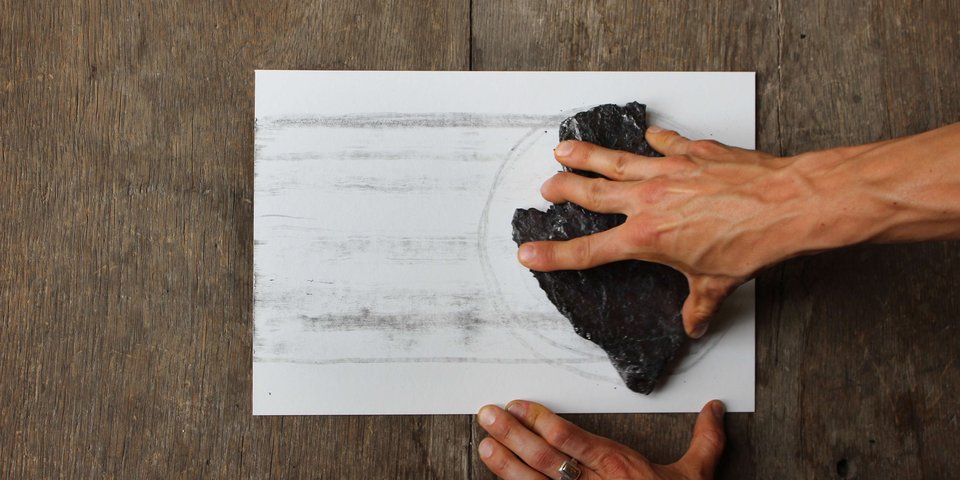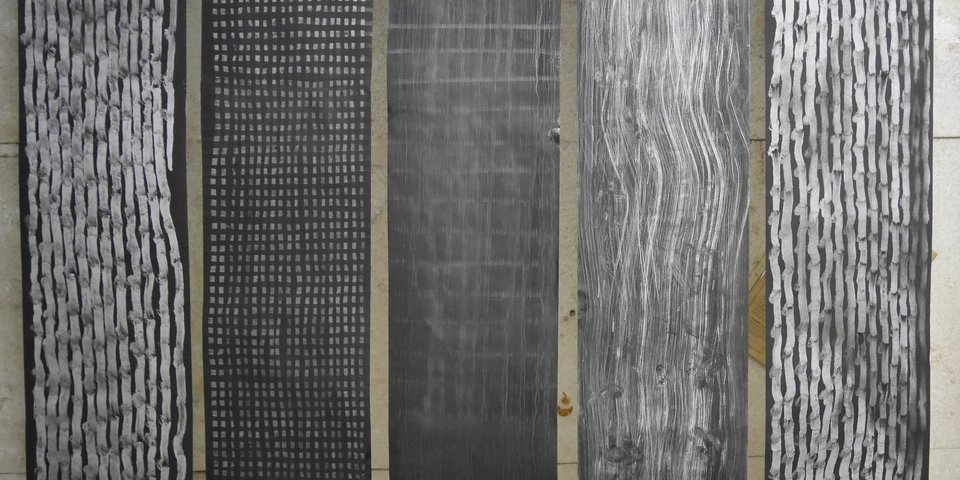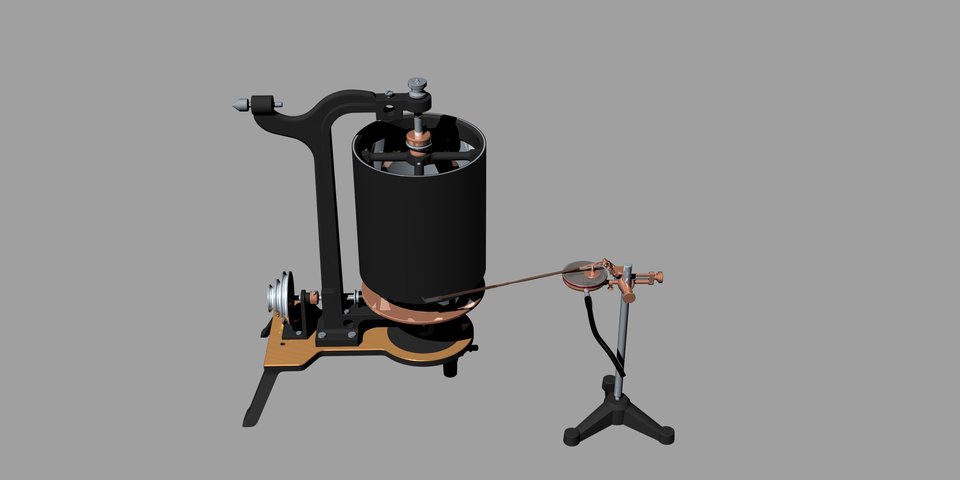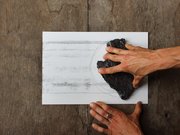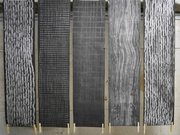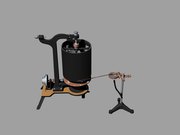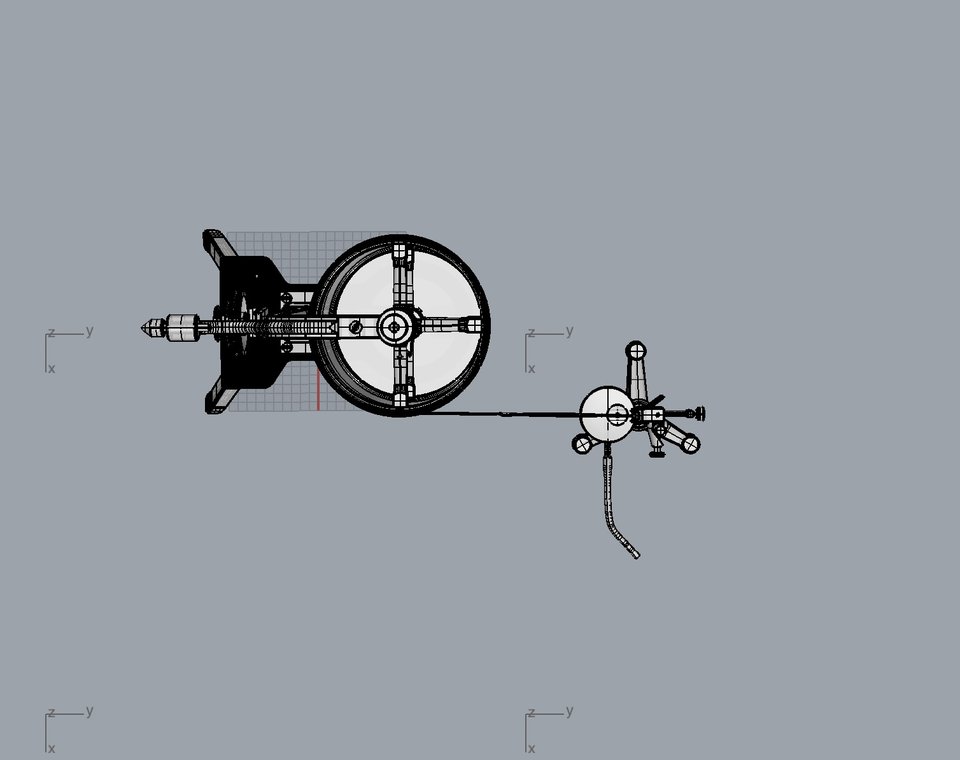
Scientific-artistic object research of the Cluster of Excellence »Image Knowledge Gestaltung«
October 6 until December 29, 2018
Opening and lecture – October 5, 2018, 6 pm
Opening hours: Tuesday till Saturday, 2 – 6 pm
5 pm
Prof. Ruth Keller: Lecture Paths and Changes of the Medium Paper: Technology and Conservation (German).
6 – 9 pm
Opening of the Temporary Object Lab
In 2019, the Humboldt-Universität will put into operation the Object Lab, an innovative research facility to examine a wide variety of collections and material things in an interdisciplinary and applied manner. At the Tieranatomisches Theater visitors can already take a first look at this project and watch the scientists and artists of the Cluster of Excellence »Image Knowledge Gestaltung« at work as well as get in touch with them. From October, the Temporary Object Lab team will publicly research objects from the collections of the Humboldt-Universität zu Berlin and the Museum für Naturkunde.
Already at 5 pm on the 5th of October the Professor for Conservation and Restoration Prof. Dr. Ruth Keller (HTW Berlin) will give a lecture entitled Paths and Changes of the Medium Paper: Technology and Conservation (German). Keller addresses the scientific medium par excellence: paper as a technical, historically changeable and idiosyncratic thing. At 6 pm, the Temporary Object Lab will be introduced by the participating scientists who are open to questions and suggestions. Visitors can visit the specially designed work environment for the first time.
Do rocks and minerals represent ‘fossil
arguments’ for the creation of the earth? In the so-called basalt
conflict, comparable to the Copernican revolution, scholars of the
Goethe era debated this question. Today, the historian Angela Strauß
explores the mineral and rock collection of the physician and
mineralogist Carl Wilhelm Nose (1753-1835) from the
mineralogical-petrographic collection of the Museum für Naturkunde.
The
so-called fact-finding diagnostics between the two World Wars:
Psychologists, criminologists and lawyers negotiated to which extent
evaluations of testimonies and interrogation statements were technically
feasible and therefore objectifiable – the decision between lie and
truth in the end. Because the mechanization of the statements goes hand
in hand with the loss of the meaning of human decision makers, like that
of the judge, in a criminal proceeding. In the Temporary Object Lab, the media scientist Sebastian Döring builds up historical experiments that critically examine fact-finding diagnostics.
The artist Oliver Thie
uses drawing practices to enter into dialogue with things. He deeply
analyses stones from the collection of the Museum für Naturkunde in
order to juxtapose them visually with the collector's historical finding
reports. By using materials that were also used for the ‘self-writing’ machines
to diagnose facts, he attempts to link the perspectives and projects of
the scientists through media techniques.
In the tradition of
cultural technology research in the Hermann von Helmholtz Center for
Cultural Techniques, the scientific staff in the Temporary Object Lab
tries to create awareness for the problems and gaps with the
translation between perception and projection. In addition to the
project work, accompanying lectures and seminars, the Temporary Object Lab will host further events such as workshops and public restorations.
